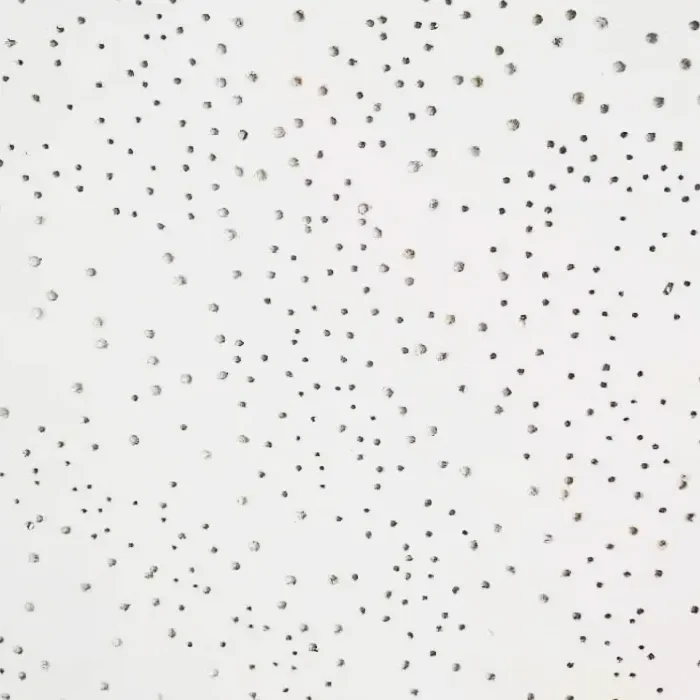- Afrikaans
- Albanian
- Amharic
- Arabic
- Armenian
- Azerbaijani
- Basque
- Belarusian
- Bengali
- Bosnian
- Bulgarian
- Catalan
- Cebuano
- Corsican
- Croatian
- Czech
- Danish
- Dutch
- English
- Esperanto
- Estonian
- French
- German
- Greek
- Hindi
- Indonesian
- irish
- Italian
- Japanese
- Korean
- Lao
- Malay
- Myanmar
- Norwegian
- Norwegian
- Polish
- Portuguese
- Romanian
- Russian
- Serbian
- Spanish
- Swedish
- Thai
- Turkish
- Ukrainian
- Uzbek
- Vietnamese
nov. . 16, 2024 17:43 Back to list
suspended ceiling t grid system
Understanding Suspended Ceiling T Grid Systems
Suspended ceiling T grid systems are an essential component in modern architecture and interior design. This system not only enhances the aesthetic appeal of a space but also offers practical benefits in terms of acoustics, insulation, and building maintenance. In this article, we will explore the features, advantages, installation process, and applications of suspended ceiling T grid systems.
What is a Suspended Ceiling T Grid System?
A suspended ceiling, often referred to as a false ceiling or dropped ceiling, is a secondary ceiling hung below the main structural ceiling. The T grid system serves as the framework that supports ceiling tiles or panels. The “T” in T grid refers to the shape of the main runners and cross tees that form the grid, allowing ceiling tiles to fit into them seamlessly.
The grid is typically made from lightweight materials such as aluminum or galvanized steel, which provides robust support without adding excessive weight. This system creates an air gap between the original ceiling and the tiles, offering opportunities for hiding electrical wiring, HVAC systems, and plumbing, enhancing the functionality of commercial and residential spaces alike.
Advantages of Suspended Ceiling T Grid Systems
1. Aesthetic Flexibility Suspended ceilings can dramatically alter the look and feel of a room. With a variety of tiles available—including acoustic, decorative, and moisture-resistant options—designers can create unique environments that fit the intended use of a space.
2. Acoustic Benefits Many ceiling tiles are designed to absorb sound, making suspended ceiling T grid systems an ideal choice for environments that require sound control, such as offices, schools, and auditoriums. The air gap also contributes to sound insulation, reducing noise transmission between floors.
3. Ease of Access One of the most significant advantages of a suspended ceiling is the easy access it provides to utilities behind the tiles. This accessibility is particularly beneficial for maintenance, allowing technicians to reach wiring or plumbing without the need for extensive renovations.
4. Energy Efficiency Suspended ceilings can help improve a building's energy efficiency. The air gap can provide additional insulation, helping to regulate temperature and reduce heating and cooling costs. Furthermore, some tiles can reflect light, enhancing the overall brightness of a space.
5. Fire Safety Many suspended ceiling systems are designed with fire-resistant materials, providing an extra layer of safety in case of emergencies. Additionally, they can help in compartmentalizing spaces, slowing down the spread of fire between different areas.
suspended ceiling t grid system

Installation Process
The installation of a suspended ceiling T grid system typically involves several key steps
1. Planning and Measurement Prior to installation, it's crucial to measure the area accurately and plan the layout for the grid and tiles.
2. Hanging the Main Runners The main runners are secured directly to the ceiling with anchors or screws, typically running parallel to each other.
3. Installing Cross Tees The cross tees are then inserted perpendicularly to the main runners to create a grid structure. The spacing will depend on the size of the ceiling tiles being used.
4. Hanging Ceiling Tiles Finally, the ceiling tiles or panels are placed into the grid system. Tiles can be cut to size where necessary to fit around the edges and ensure a clean finish.
5. Final Adjustments Once all tiles are in place, any necessary adjustments or finishing touches are made to ensure a snug fit.
Applications
Suspended ceiling T grid systems are versatile and widely used in various settings, including
- Commercial Spaces Offices, retail stores, and restaurants benefit from suspended ceilings due to their acoustic and aesthetic advantages. - Educational Institutions Schools and universities utilize suspended ceilings to decrease noise levels and create comfortable learning environments. - Healthcare Facilities Hospitals and clinics require clean, moisture-resistant tiles that can withstand rigorous cleaning and ventilated spaces.
In conclusion, suspended ceiling T grid systems offer a combination of practicality and aesthetic appeal, making them an invaluable addition to modern architecture. Whether for acoustic control, energy efficiency, or aesthetic flexibility, these systems continue to be a popular choice for designers and builders around the globe.
-
Transform Interiors with PVC Gypsum Ceiling: A Stylish, Durable, and Moisture-Resistant SolutionNewsMay.19,2025
-
The Smart Interior Upgrade: Discover the Durability and Versatility of Gypsum Ceiling Access Panel SolutionsNewsMay.19,2025
-
The Smart Choice for Interior Design: Discover the Value of PVC Gypsum Ceiling SolutionsNewsMay.19,2025
-
Mineral Fiber Ceiling Tiles: The Smart Blend of Performance and AestheticsNewsMay.19,2025
-
Mineral Fiber Ceiling Tiles: The Superior Choice Over Gypsum for Sound and Fire SafetyNewsMay.19,2025
-
Mineral Fiber Ceiling Tiles: Eco-Friendly Strength and Style for Every CeilingNewsMay.19,2025







